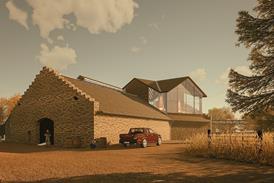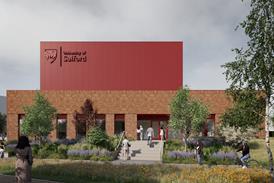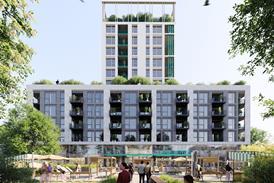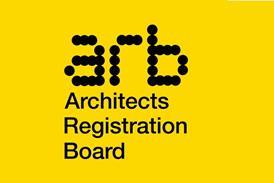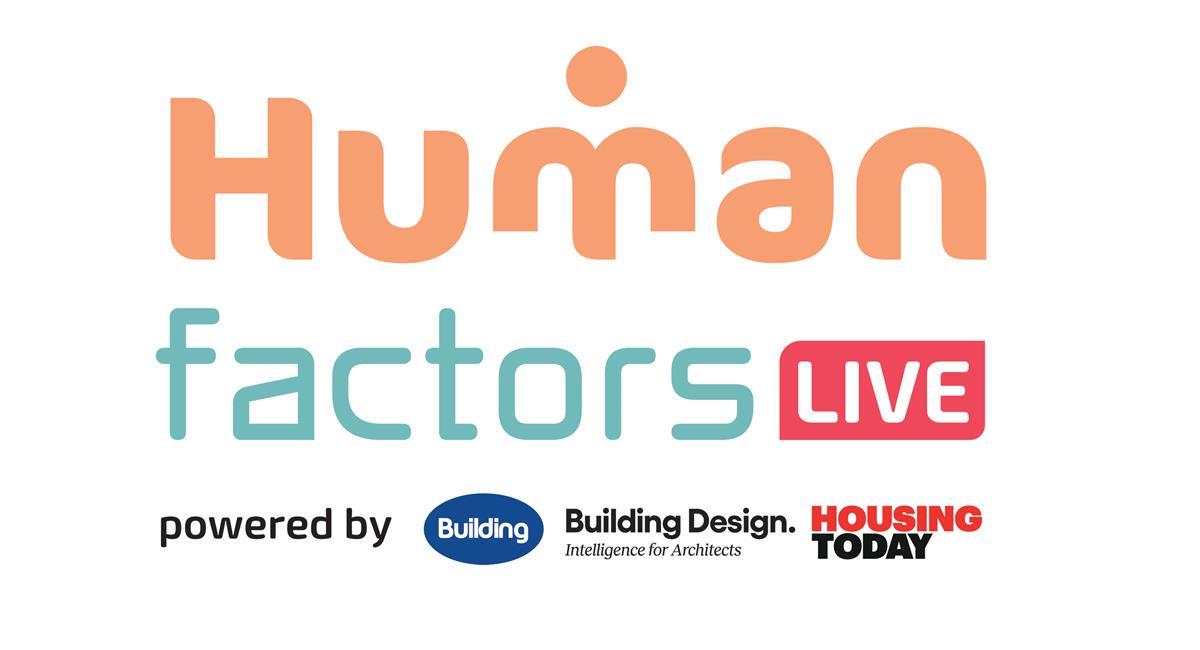- Home
- Intelligence for Architects
- Subscribe
- Jobs
- Events
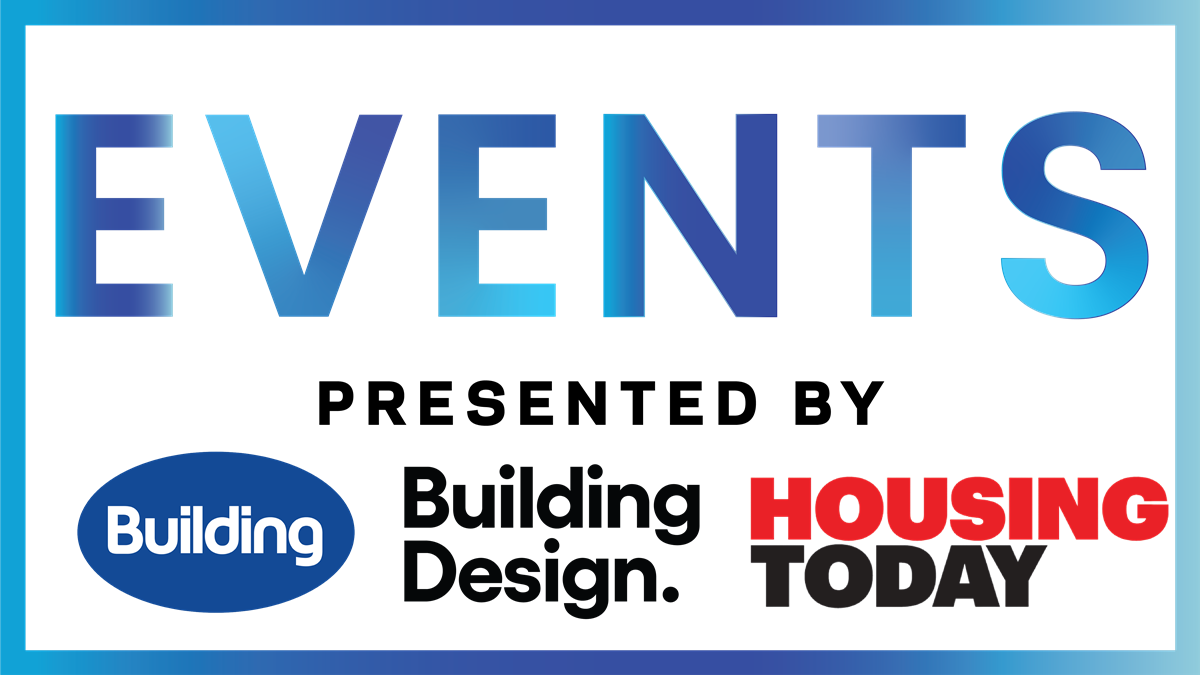
2025 events calendar Explore now 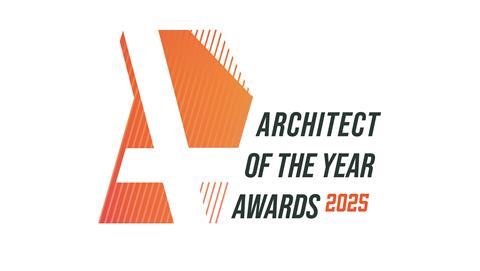
Keep up to date
Find out more
- Programmes
- CPD
- More from navigation items
Architecture and the ethics of harm: design, responsibility, and the cost of inaction

Architectural practice is shaped not just by technical proficiency but by ethical choices, writes Amin Taha
“To what end do we put our skills without ethical purpose”
Richard Sennett, The Craftsman
The pursuit of technical mastery without ethical consideration has long been a defining tension in professional practice. History offers stark examples – figures like J. Robert Oppenheimer, who grappled with the moral weight of his scientific achievements, and Adolf Eichmann, who saw himself as a mere functionary, absolved of responsibility by bureaucratic process. Both were highly skilled, yet their legacies are shaped by the ethical consequences of their work. In architecture and construction, where decisions about materials, design, and procurement shape lives and landscapes for generations, this same dilemma persists. How much agency do architects truly have in shaping ethical outcomes, and to what extent have they surrendered responsibility to cost, regulation, and external pressures?
This content is available to registered users | Already registered?Login here
You are not currently logged in.
To continue reading this story, sign up for free guest access
Existing Subscriber? LOGIN
REGISTER for free access on selected stories and sign up for email alerts. You get:
- Up to the minute architecture news from around the UK
- Breaking, daily and weekly e-newsletters
Subscribe to Building Design and you will benefit from:

- Unlimited news
- Reviews of the latest buildings from all corners of the world
- Technical studies
- Full access to all our online archives
- PLUS you will receive a digital copy of WA100 worth over £45
Subscribe now for unlimited access.


